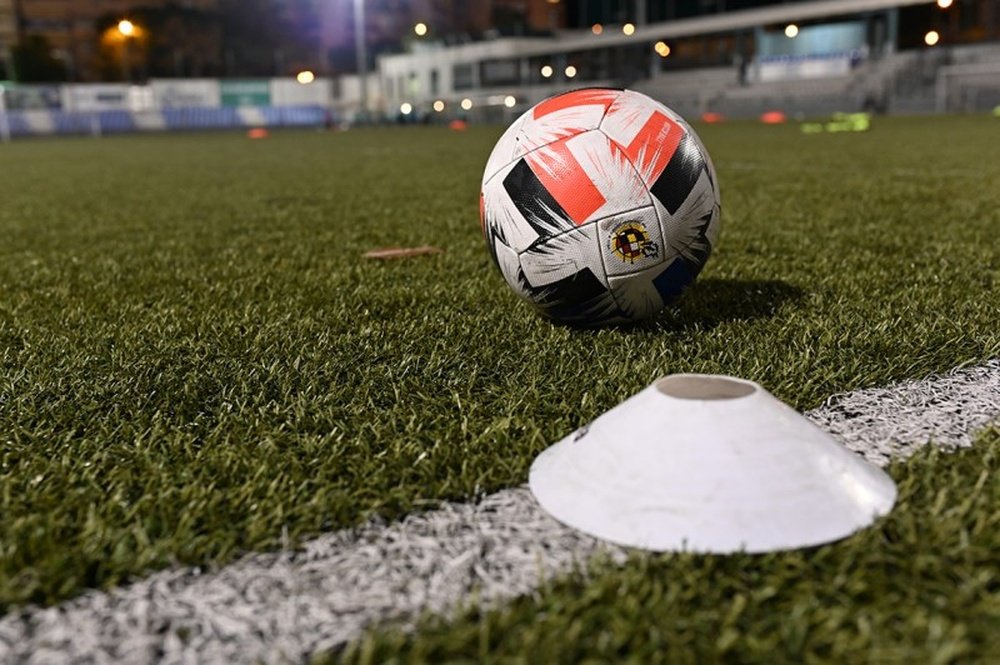How player safety is evolving in modern football


As the game evolves to become faster and more physically demanding, so too do the risks stemming from this progress. Footballers today face short-term threats of acute injuries like torn ligaments or concussions, as well as long-term health challenges that may emerge years after they’ve retired.
Modern football is realising that safeguarding athletes isn’t just about better helmets or low-weight pads, but about understanding the full scope of health – from preventing career-ending injuries to recognising the mental and emotional toll of professional play. Leagues, clubs, and medical experts are beginning to adopt a more holistic approach, incorporating everything from advanced therapy to wearable tech and wellness programs.
Let’s examine how player safety is being redefined in today’s football landscape and why these changes matter more than ever for the sport's future.
Last year was a milestone year with respect to the way footballers treat their health. Physical health is the most essential thing, dare we say, the motor to an athlete’s success and career. Yet, so many athletes overlook discomfort and pain in their bones, joints, or muscles, attributing them to all sorts of unreal issues that downsize the potential underlying problem.
Progress in sports injury prevention and physical therapy has made these two more appealing to footballers, all the more so as many club managers have begun realising the therapy’s beneficial effect and encouraged participation. These two, combined or not, have risen to popularity thanks to their capacity to help footballers avoid injuries and complications. Groundbreaking therapies, like the spinal cord’s non-invasive electrical stimulation that treats spinal cord injury, have gained traction. It’s only through prevention and therapy that footballers can get back on track after an injury and continue to perform well in the long run.
It’s time people realized the severity of chronic traumatic encephalopathy (CTE) – a degenerative brain disease that can occur after multiple blows to the head and impacts. Repetitive head trauma during gameplay is common and women are subjected to it too, such diseases being capable of leading to death. Concussive blows and concussions, in time, can lead to many problems. CTE’s symptoms include but aren’t limited to problems with memory, behavioural issues, depreciating mood or mood swings, cognitive decline, aggression, depression, and, in the worst cases, early dementia.
Symptoms usually take years to appear and finding a test for this disease in time is next to impossible. Suing the club’s manager or anyone else and claiming compensation like one would when, say, the gear is defective is not possible – and even if it were, it’d be unhelpful. Awareness of this disease and prevention measures are among the best things to do to protect against such consequences.
Awareness of CTE is now a big topic in discussions among football trainers and players, as well as the National Football League (NFL), attempting to make changes that make games safer.
Clubs are taking more responsibility for player wealth. Yet, medical errors and negligent care still occur, whether during treatment, rehabilitation, or even surgery. Delayed treatment, incorrect diagnosis, misdiagnosis, or poor post-injury clearance can occur and lead to devastating consequences on the player’s career and quality of life. In light of this, experts at Medical Negligence Assist draw attention to the importance of stepping in and ensuring that justice is being made if something erroneous happens and endangers a player’s health and well-being.
If you’re an athlete or individual who believes they’ve suffered due to negligent medical care, be it a mismanaged concussion or poor physiotherapy, you can take action. Experts in medical negligence claims help clients understand their rights and explore potential compensation, stating from the start if the case stands any chance of success.
As athletes become more aware of their legal protections, services like these ensure that health and safety standards are not only clinical but also accountable.
Another significant change in modern football is the increased emphasis on making rules that improve players’ protection and safety. Governing bodies at both professional and grassroots levels reassess traditional gameplay rules, especially those related to dangerous tackles, collisions at high speed, and head-to-head contact.
In the NFL and other football leagues, stricter penalties for helmet-to-helmet hits aim to reduce brain injuries and encourage safer play. Similarly, arbitrators are being trained with improved concussion protocols and are taught to stop the play when a head injury is suspected, even if the player insists on continuing. Footballers rarely realise the gravity of an injury if it isn’t extremely painful or disturbing, all the more since their exploding adrenaline makes everything seem less severe. These proactive decisions, although sometimes critiqued by some fans, are made with long-term athlete welfare in mind. With safer standards and by holding players accountable for their conduct, officiating reforms are helping change the culture of the game – from one that glorifies toughness to one that celebrates calculated, responsible performance.
The body types and weights of players have historically changed, along with the evolution of sports. Athletes nowadays are more voluminous and weightier, as well as faster and more advanced compared to the previous generations. The evolution of positional demands has been shaping body types. For instance, an NFL member in the defensive line can weigh around 250 pounds and still run at more than 20 miles/hour. The old days’ equipment was heavy and bulky and hindered mobility, but these days’ gear is upgraded to allow for more mobility. Smaller pads are the favourites.
Endnote
The evolution of player safety in football is no longer limited to better helmets, flimsier pads, or quicker diagnostics. It now embraces a holistic view of athlete health, combining medical science, mental well-being, legal support, and advanced technology for the best outcomes possible. Football is getting safer, smarter, and more sustainable for the players of today and future generations.